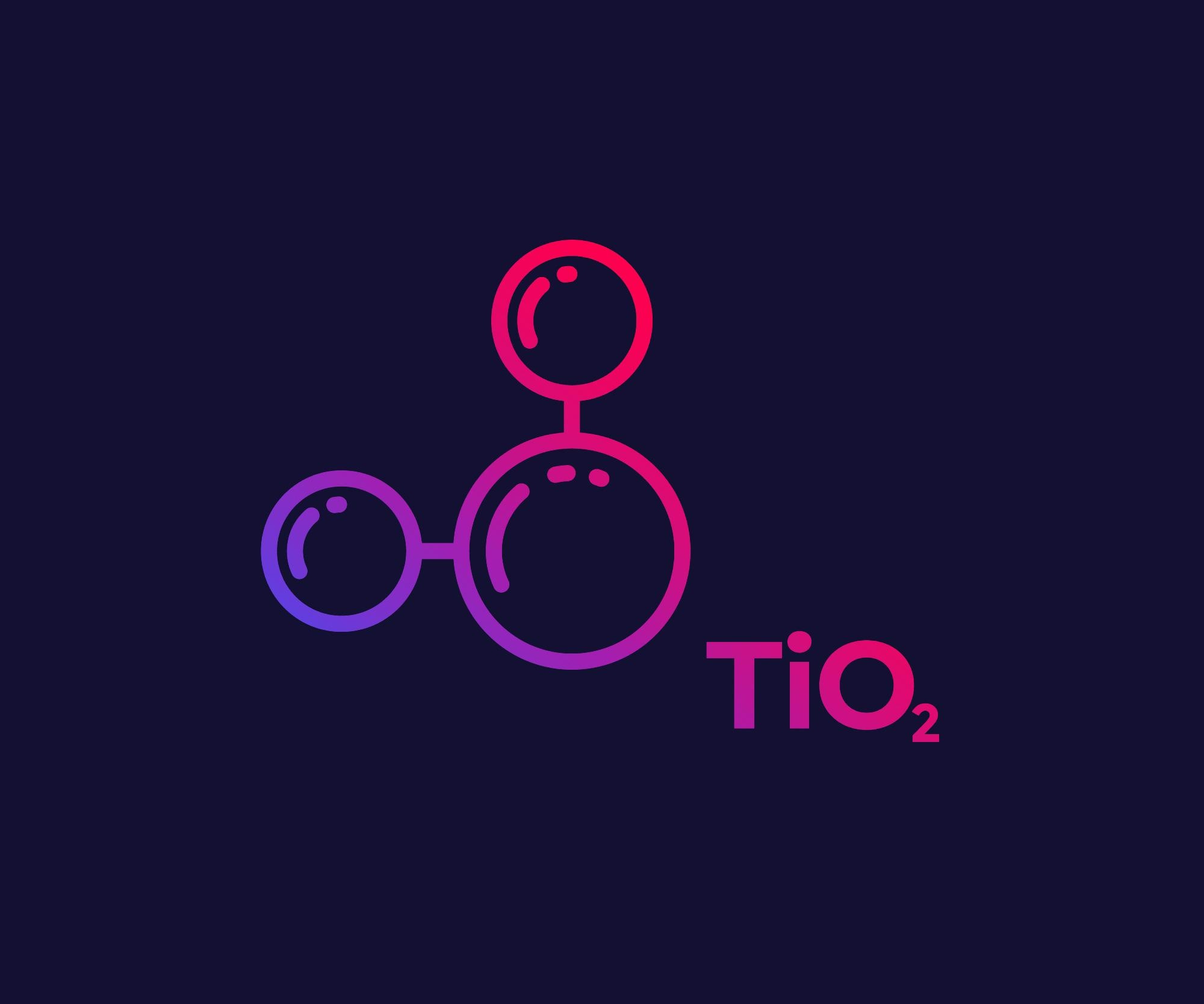In a recent study published in the journal Vacuum, researchers from South Korea attempted to minimize the leakage current problem with ultrathin metal oxide insulation layers in memory devices such as dynamic random-access memory (DRAM).

Study: The effect of O2 plasma post-treatment on atomic layer deposited TiO2 thin films. Image Credit: nexusby/Shutterstock.com
The researchers used 800 W oxygen (O2) plasma treatment on atomic layer deposited (ALD) titanium oxide (TiO2) thin film to reduce the O2 vacancies that promote leakage current. As a result, the leakage current density was reduced by 100 times. Moreover, it improved the crystallinity and dielectric constant without any noticeable change in the roughness of the thin film.
Background
Digital technology is continuously trying to reduce the size of its physical host. Memory devices such as DRAMs have shown a drastic scaling down in the last few years as their silicon-based planar structure has changed to a buried 3D tungsten cell array structure. Moreover, the stacked silicon-insulator-silicon structure of their data storing capacitors has been replaced by the cylindrical metal-insulator-metal structure to minimize the charge entrapment effect at the interfacial oxide layer.
However, as the size of the capacitor goes down, the insulator has to be thinner, which increases the vulnerability to the leakage current. TiO2 thin films have garnered a lot of attention due to their high dielectric constant value that can compensate for the thickness loss. TiO2 has two crystalline phases, namely anatase and rutile. Their corresponding dielectric constant values are 15-40 and 80, respectively, which are much higher than that of in-situ grown SiO2 thin films on Si substrate, i.e., 3.9.
Moreover, TiO2 thin films can be deposited using the ALD process, which is advantageous against chemical vapor deposition (CVD) and physical vapor deposition (PVD) processes owing to a low temperature of operation, fewer impurities, and no thermal deterioration of the initial structure of the source material.
Nevertheless, TiO2 thin films suffer from large leakage current due to two reasons. Firstly, its lower energy bandgap of 3.1 eV is prone to band offset. Secondly, the presence of O2 vacancies provides a path for leakage current flow. High leakage current means an increase in time to refresh the DRAM and degradation of its performance.
Moreover, the fabrication of TiO2 thin films using metal halide precursors such as TiCl4 leads to oxide loss and more O2 vacancies. Hence, metal-organic precursors such as C12H23N3Ti are more suitable for TiO2 film deposition. Meanwhile, Si and Al doping can reduce the O2 vacancies, but they decrease the dielectric constant significantly. Thus, process-based O2 vacancies reduction is preferred over doping.
About the Study
In this study, researchers fabricated TiO2 thin films using C12H23N3Ti as the metal-organic precursor and deionized (DI) water in flow-type thermal ALD equipment. TiO2 films were deposited on p-type Si wafers in (100) direction. Subsequently, the films were post-treated O2 plasma beams containing O2 and argon (Ar) gas at plasma powers varying from 200 to 800 W. A remote plasma system was deployed to place the Si substrate outside the plasma region, which eliminated the risk of film damage by the direct plasma system.
Finally, the researchers analyzed the effect of O2 plasma treatment on dielectric constant, O2 vacancy reduction, crystallinity, leakage current, and roughness of the TiO2 films. This method particularly tried not to depend on Ti halide precursors (i.e., TiCl4) or Si and Al doping to enhance the insulating performance for the above-mentioned reasons.
Observations
The deconvoluted X-ray photoelectron spectroscopy (XPS) plots of Ti 2p showed 4 peaks of Ti4+ 2p1/2, Ti4+ 2p3/2, Ti3+ 2p1/2, and Ti3+2p3/2 with corresponding binding energies of 464.9 eV, 459.2 eV, 463.4 eV, and 458.3 eV, respectively, confirming the formation of an excellent TiO2 thin film on the Si substrate. Moreover, the area under the two Ti3+ 2p peaks of as-deposited TiO2 films, which represent the concentration of O2 vacancies, was larger than plasma treated TiO2 film. Also, this area was decreasing with increasing plasma power. The 800 W plasma-treated film had lesser O2 vacancies than the 200 W plasma-treated film.
More from AZoM: The Use of Graphene Solar Thermal Films
Transmission electron microscopy (TEM) revealed that there was no change in the thickness and roughness of the plasma-treated TiO2 films. Energy dispersive X-ray (EDX) analysis also confirmed no significant presence of impurities in as-deposited films or increase in impurities after the plasma treatment.
X-ray diffraction (XRD) data showed that the intensities of anatase phase peaks, represented by (101) and (112) crystal planes, increased after the plasma treatment. Additionally, one more peak of anatase at (211) appeared after the treatment. The increase in anatase intensity peak indicated an increase in crystallinity and a decrease in O2 vacancies.
Moreover, the current-voltage (I-V) analysis demonstrated that the 800 W plasma-treated film had 100 times less leakage current density than the as-deposited film. More importantly, the dielectric constant of the plasma-treated TiO2 film was 24-25, which was higher than the untreated film (i.e., 17).
Conclusions
To conclude, the researchers of this study fabricated TiO2 thin films as an insulating layer on the Si substrate of DRAM. The common issues that TiO2 thin films suffer from, i.e., low offset bandgap and high O2 vacancies, were alleviated using a metal-organic precursor of Ti (i.e., C12H23N3Ti) instead of metal halide precursor (TiCl4) and post-treating the thin film with remote O2 plasma treatment.
The plasma treatment not only reduced the O2 vacancies but also increased the crystallinity by increasing the anatase phase and significantly (~100 times) reduced the leakage current.
Disclaimer: The views expressed here are those of the author expressed in their private capacity and do not necessarily represent the views of AZoM.com Limited T/A AZoNetwork the owner and operator of this website. This disclaimer forms part of the Terms and conditions of use of this website.
Source:
Kim, B., Kang, T., Song, S., Jung, C., Lee, J., Cheon, S., Jeon, H., The effect of O2 plasma post-treatment on atomic layer deposited TiO2 thin films, Vacuum, Volume 199, 2022, 110957, ISSN 0042-207X, https://www.sciencedirect.com/science/article/pii/S0042207X22000902?via%3Dihub.